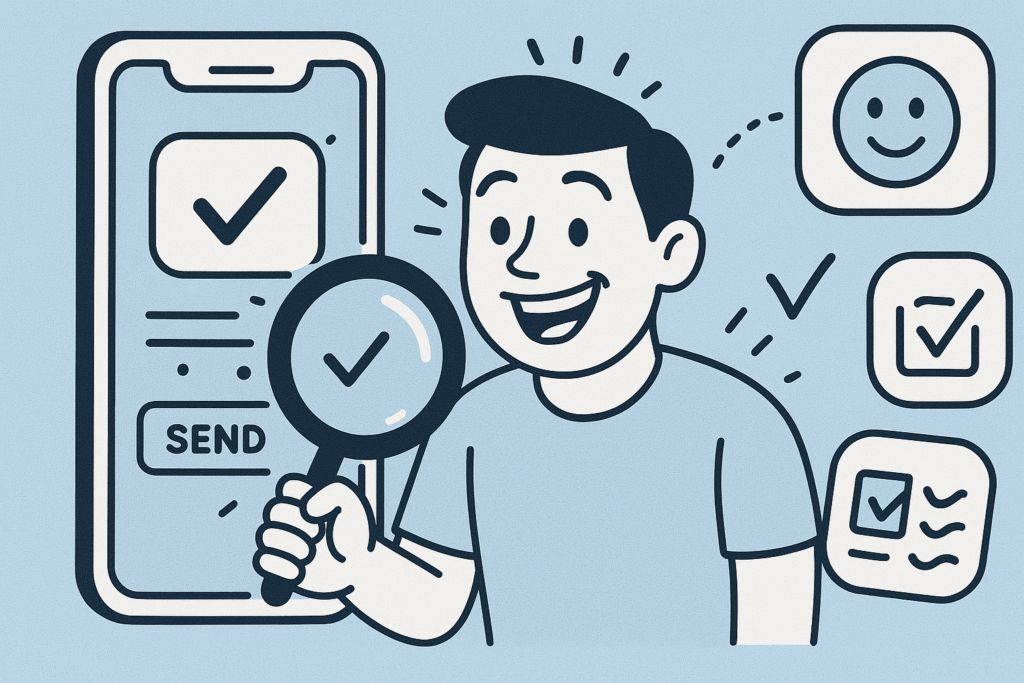Emotion Detection via User Flows
Understand not just what users do, but how they feel.
+18%
NPS Lift
-35%
Form Completion When Frustration Detected
48%
of Help Requests Follow Emotional Drop Points
+22%
Conversion After Emotion-Based Redesigns
Overview
Understand not just what users do, but how they feel.
This AI tool combines behavior tracking with sentiment modeling. It detects signs of frustration (rapid back-and-forth), confusion (looped navigation), and satisfaction (fluid progression) based on proven emotional UX signals.

Why It Matters
1.
Adds depth to behavior tracking
2.
Helps spot unspoken UX issues
3.
Informs emotional design and tone-of-voice
Industries Benefiting Most
Learning Platforms · Customer Portals · Government UX · Health Tech
Eye-opening Examples
+42% Drop-off Rate
Occurs when emotional frustration (e.g. looping or repeated back-navigation) is detected in early-stage flows. Most common in onboarding and search UX.
31% of Users Show Confusion Signals
Detected via looped navigation, long hover times, and scroll-stalls — indicating cognitive overload or poor UX hierarchy.

1 in 5 Rage Loops Go Unreported
Only 20% of frustrated users actively report their issues. The rest silently churn — unless behavior-based emotion tracking flags them.
48% of Help Requests Follow Emotional Drop Points
Support tickets or chat triggers often appear within 60 seconds of UX-emotion triggers (e.g. hesitations, loopbacks, failed interactions).
UNLOCK UX INSIGHTS
Let Data Guide Your Next Design Decision
Request a tailored UX analysis for your website, app, or platform — powered by AI and built around real user behavior. Let’s identify what’s working, what’s not, and what’s next.